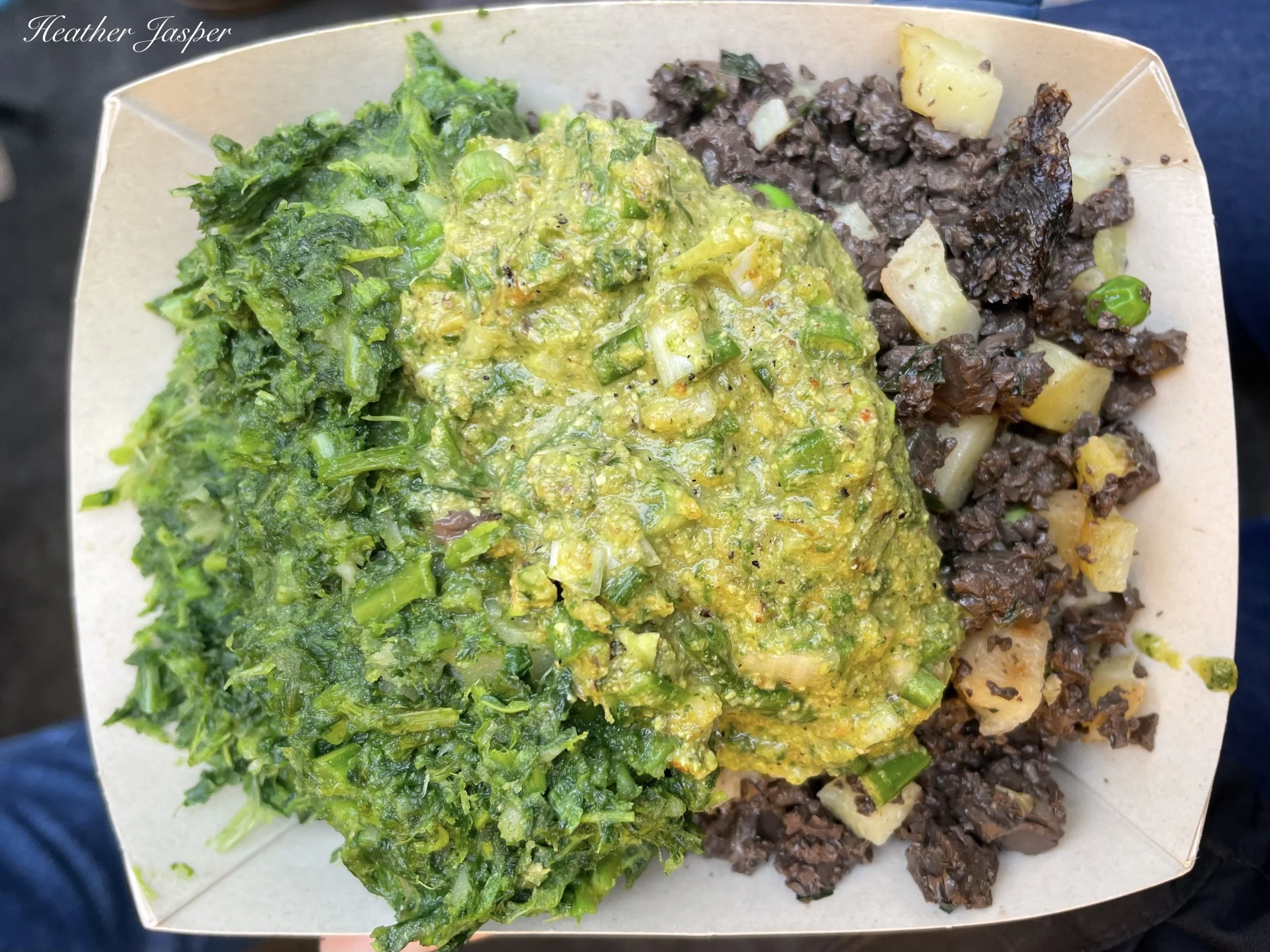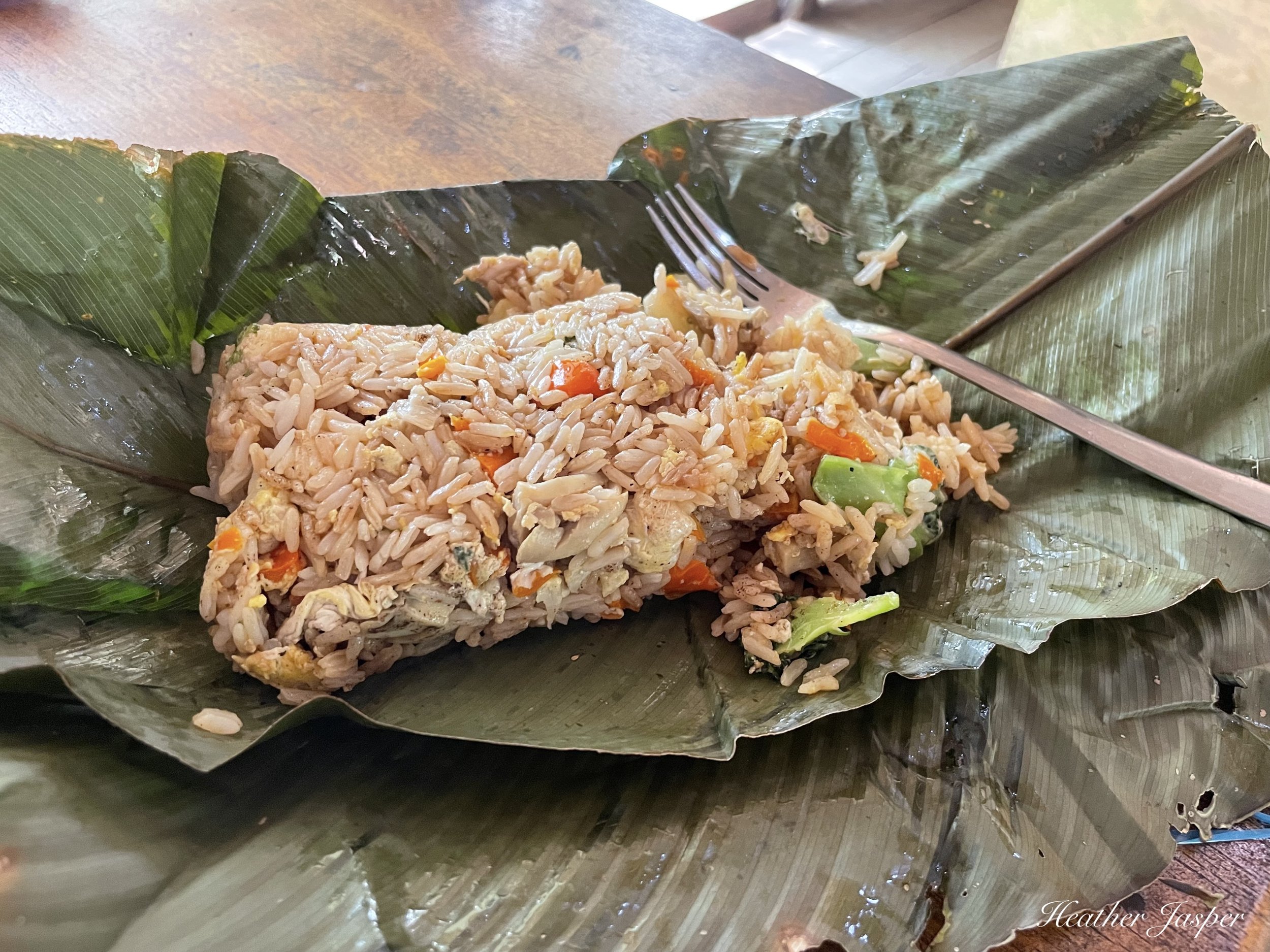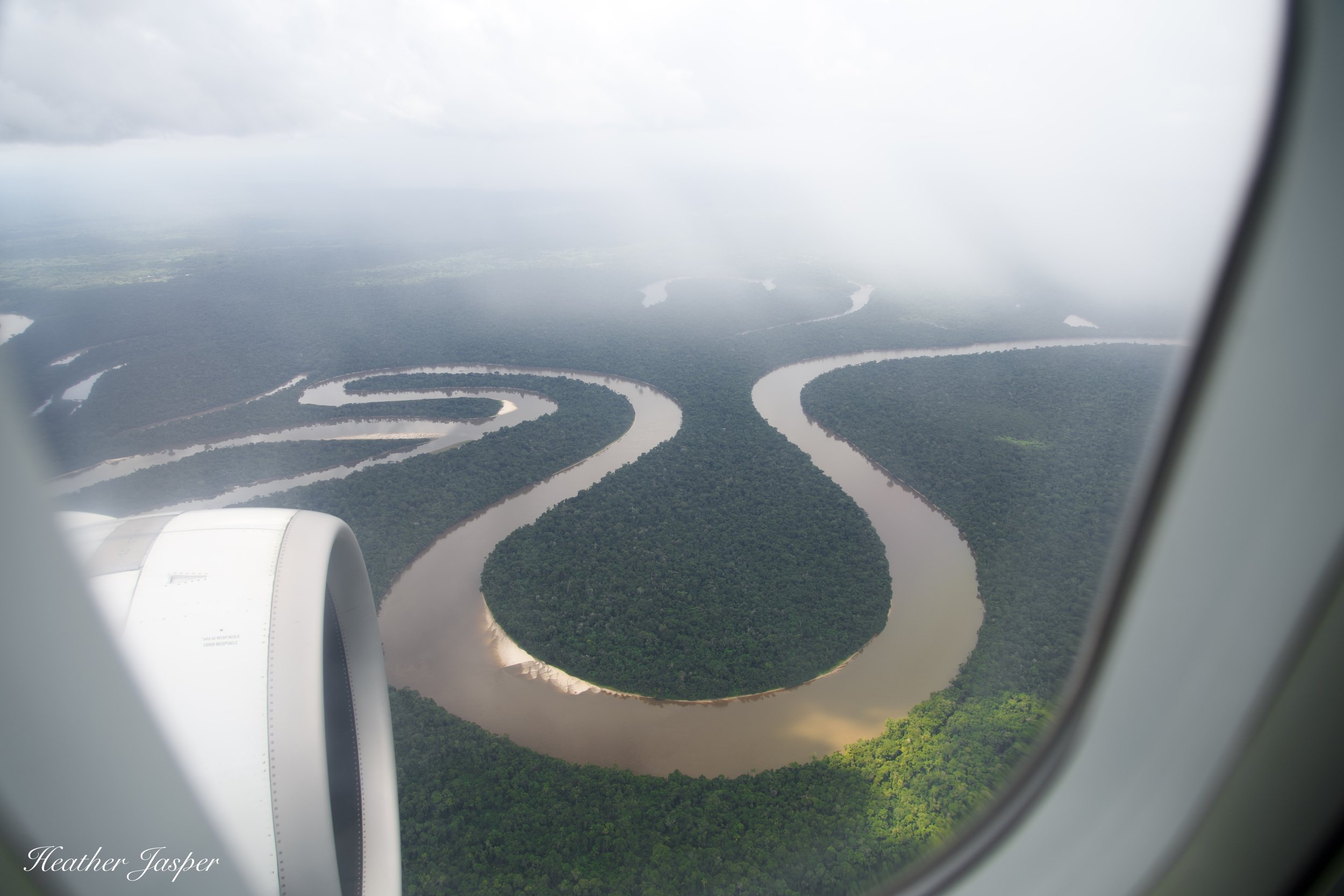Travel Tip 46
Can you be a zero-waste traveler?
Welcome to my newsletter! If you’re new here, every week I send you a travel tip, followed by one of my new blogs and published articles. Thank you for subscribing!
Reusable glass bottles and compostable packaging are exactly what we need for zero-waste picnics.
Zero-waste travel is the idea that we can travel without generating any waste.
Is that even possible? Maybe …
I’ll start with the bottom line: Trying some zero-waste strategies and doing them imperfectly is better than not trying at all.
In my last newsletter I suggested three ways we can create less waste: not buying disposable plastic water bottles, bringing our own toiletries in refillable containers and being conscious of our food waste.
The zero-waste lifestyle is promoted by Bea Johnson with her mantra of “refuse, reduce, reuse, recycle, and rot.” (She must be a fan of alliteration if she says rot rather than compost). As hard as this is when we’re at home, it’s much harder when we’re on the road and have less control over our environment.
Go local! Independent breweries are more likely to have reusable glass bottles than disposable ones.
Evil single-use plastics
To get closer to zero-waste travel, we need to go beyond single-use plastic bottles and avoid all single-use plastics. When I travel, that’s most often shopping bags and food containers. Carrying a reusable shopping bag is common enough now, but I know few people who take reusable silverware and dishes with them. I’ll admit I don’t carry dishes, but I do limit myself to eating at places that only have reusable dishes that they wash or at places with compostable paper plates or bowls.
I always have a metal fork in my bag, even when I’m home in Cusco because there are few things I hate as much as eating with a flimsy plastic fork and then having to throw it away. When I travel, I take metal silverware and a metal straw, but you don’t have to carry metal utensils. There are lots of companies selling bamboo utensils that are sturdy enough to last for a week or two-week trip, then be composted.
At the Saturday market in Cusco, food is usually sold on disposable plastic plates but they have compostable ones if you ask. This is nabo & sangrecita - turnip greens and cooked blood with potatoes, topped with green chili sauce.
Independent travel vs. organized group travel
Traveling on my own, it’s easier to control what I use, but when I’m on an organized tour, it’s much harder. You don’t always get to choose where you eat or have any control over the packaging for picnic lunches. It’s hard to refuse a plastic bottle of water if the tour company doesn’t give you a place to refill your water bottle. You may have the option to buy a glass bottle of fruit juice, or you may just be thirsty.
At some tourist destinations, compostable packaging is the norm, like the bijao leaves commonly used in the Peruvian Amazon.
There are times when group travel is the only option.
What can you do if you have to take a group tour? Take the time to research companies and find ones that promise they don’t have any single-use plastics on their tours – either for meals or accommodations. This is easier every year as more companies commit to not using single-use plastics. It’s worth taking the time to read the fine print on tour company websites and emailing them if in doubt.
Does it have to be hard?
Travel is often about challenge as much as it’s about relaxation. We challenge ourselves to complete the hike, to try surfing for the first time, to see as many museums as possible in one week or to communicate in a foreign language. We can also challenge ourselves to never use plastic forks or plastic shopping bags. I don’t think of zero-waste traveling as hard, but as a challenge. I make it a game and I don’t always win, but I do always try.
Do you have more ideas for zero-waste travel? Leave me a comment!
Blog
I remember learning that we need to save the rainforest in school in the 80s but without ever seeing it, the goals seemed nebulous. Now that I’ve traveled in the Peruvian Amazon rainforest several times, and met scientists working on conservation there, I have some specific ideas about ways we can save the rainforest.
Tours that teach about medicinal herbs in the Sacred Valley of Peru are a great example of regenerative travel that gives rural communities more opportunities to pass on ancestral knowledge and reinforces their culture.
Article
I wrote this article for Frommer’s to explain the concept of regenerative travel, which aims to leave a place better than you found it. It involves environmental, cultural, economic and social goals. It doesn’t necessarily include zero waste goals, but if you want to combine the two, you’ll be at the forefront of travel and environmental conservation.







